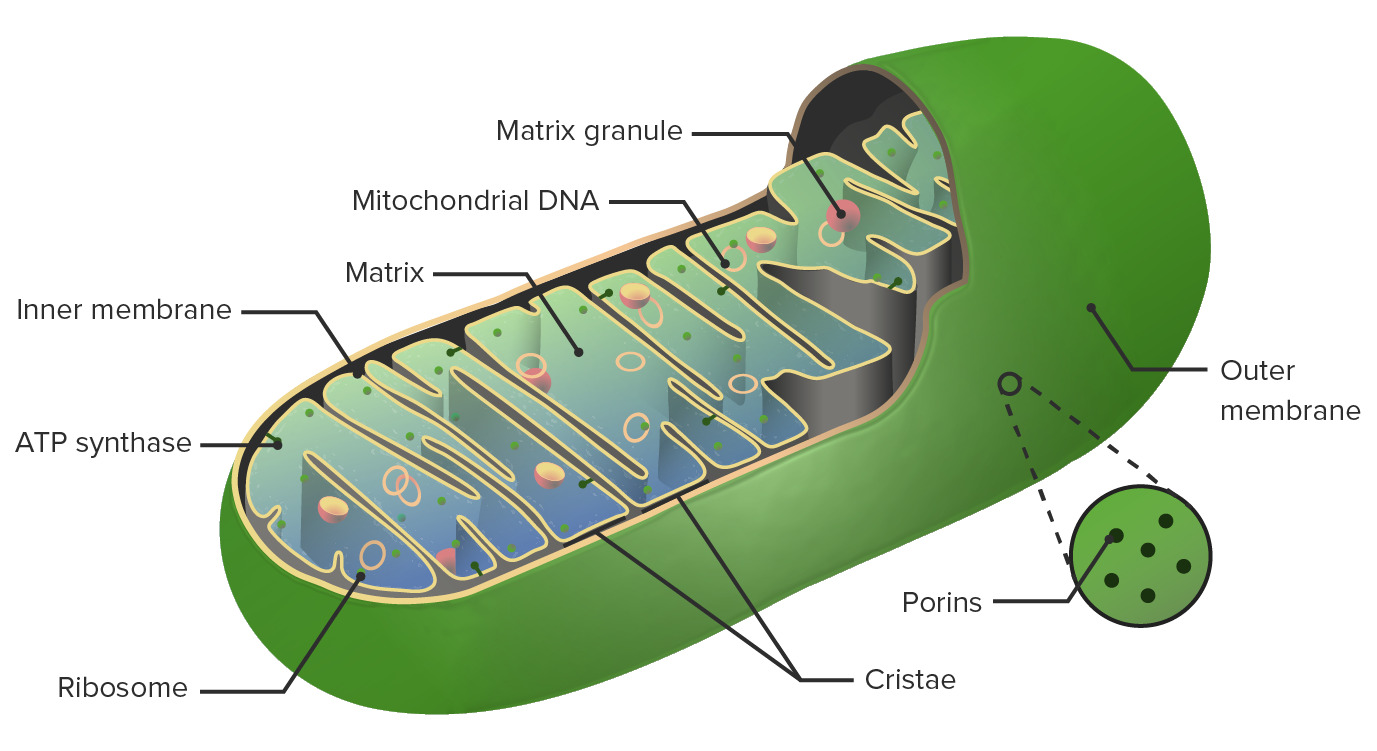Playlist
Show Playlist
Hide Playlist
Electron Transport Chain (ETC)
-
Slides 17 KrebsETCChemiosmosis CellBiology.pdf
-
Reference List Molecular and Cell Biology.pdf
-
Download Lecture Overview
00:00 Lots and lots of energy. This is where we are going to form an electrochemical gradient using all of these electrons in order to pump hydrogen ions and make the maximum amount of ATP. 00:14 So the majority of ATP is made in the electron transport chain. I can't emphasize that enough. 00:20 It will come up on test questions over and over. ATP is made in the electron transport chain and chemiosmosis. 00:27 People often think that it comes from the Krebs cycle. No. Lots of the energy comes from the Krebs cycle, but it's on electron transporters getting ready to go to the main event. So ATP synthase, is the enzyme that I've introduced before that is involved in this oxidative phosphorylation right. 00:48 We had substrate level and now we have oxidative phosphorylation is going to happen in the process of chemiosmosis and the electron transport chain. So, now we move into looking at what has happened so far and where we're going. So, we have NADH and FADH electron carriers. 01:09 We've got some of them NADH's from glycolysis. We got some of them from pyruvate oxidation. 01:17 Just 2 from each. For each glucose molecule. But now, we've had a lot of them coming from the Krebs cycle. 01:25 It's time to take them to the electron transport chain where we will create a proton gradient using proton pumps. This is where the hydrogens come into play. They didn't just come along for no reason. 01:37 We're going to pump hydrogens into the intermembrane space in the mitochondria and that's going to create an electrochemical gradient that they don't like. And so they are going to whizz through ATP synthase and the speed of them whizzing through ATP synthase will result in making lots and lots of ATP. 01:57 So it's the energy of spinning ATP synthase that really does it all.
About the Lecture
The lecture Electron Transport Chain (ETC) by Georgina Cornwall, PhD is from the course Energy, Enzymes and Metabolism.
Included Quiz Questions
Which of the following statements is INCORRECT regarding the ETC?
- ETC helps in the breakdown of glucose into carbon dioxide via substrate-level phosphorylation.
- Most of the ATP is produced via ETC and chemiosmosis.
- The generation of an electrochemical gradient across the inner mitochondrial membrane leads to ATP production.
- Oxidative phosphorylation occurs in the presence of the enzyme ATP synthase.
- Proton pumps assist in the generation of an electrochemical gradient across the inner mitochondrial membrane.
Customer reviews
5,0 of 5 stars
| 5 Stars |
|
5 |
| 4 Stars |
|
0 |
| 3 Stars |
|
0 |
| 2 Stars |
|
0 |
| 1 Star |
|
0 |




